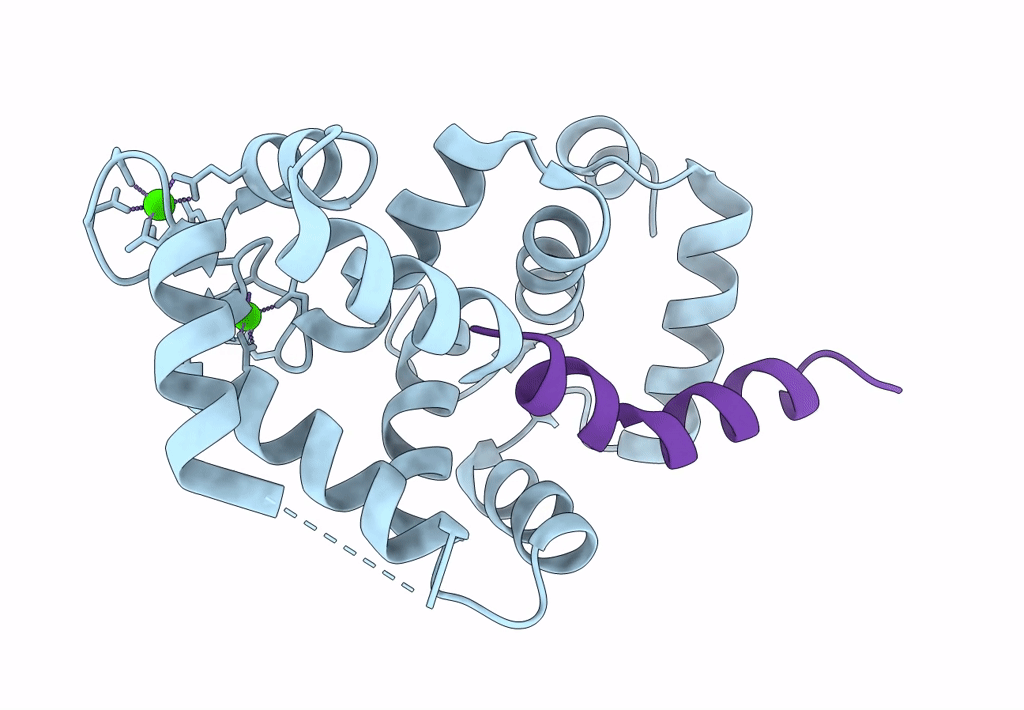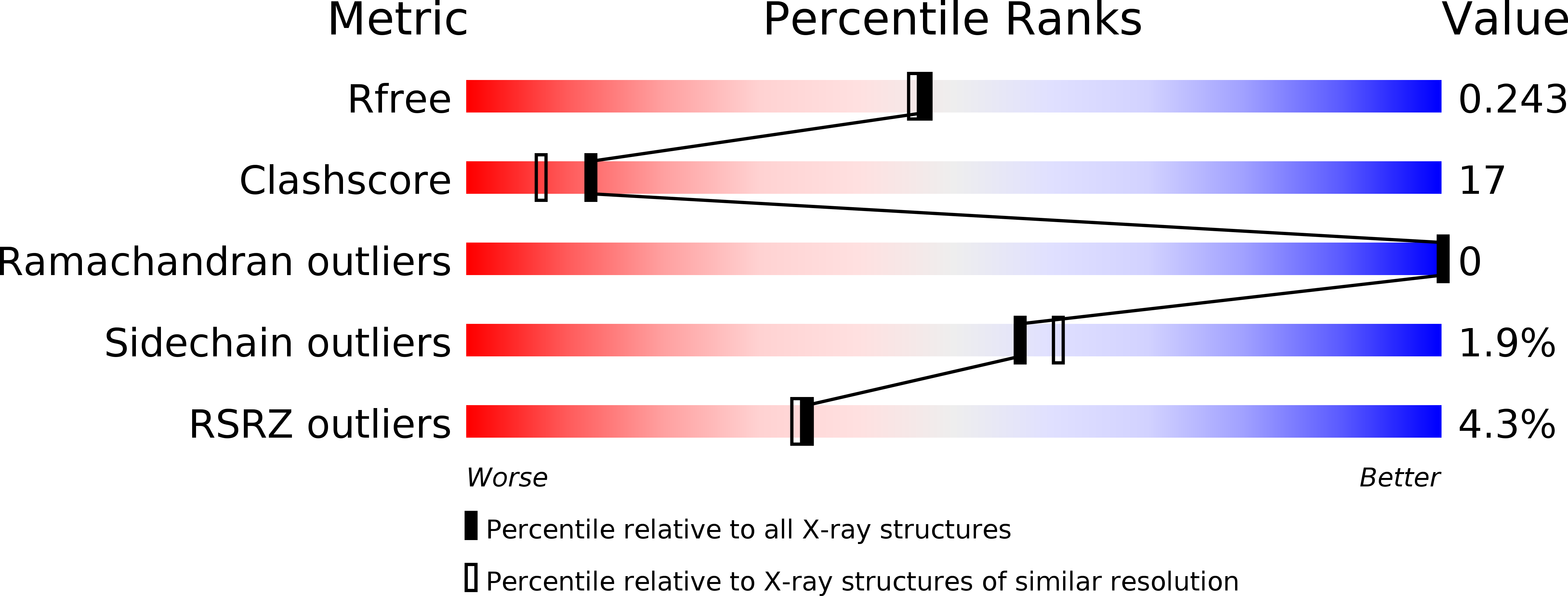
Deposition Date
2004-01-23
Release Date
2004-02-24
Last Version Date
2024-11-20
Entry Detail
PDB ID:
1S6C
Keywords:
Title:
Crystal structure of the complex between KChIP1 and Kv4.2 N1-30
Biological Source:
Source Organism:
Rattus norvegicus (Taxon ID: 10116)
Host Organism:
Method Details:
Experimental Method:
Resolution:
2.00 Å
R-Value Free:
0.24
R-Value Work:
0.20
Space Group:
I 2 2 2


